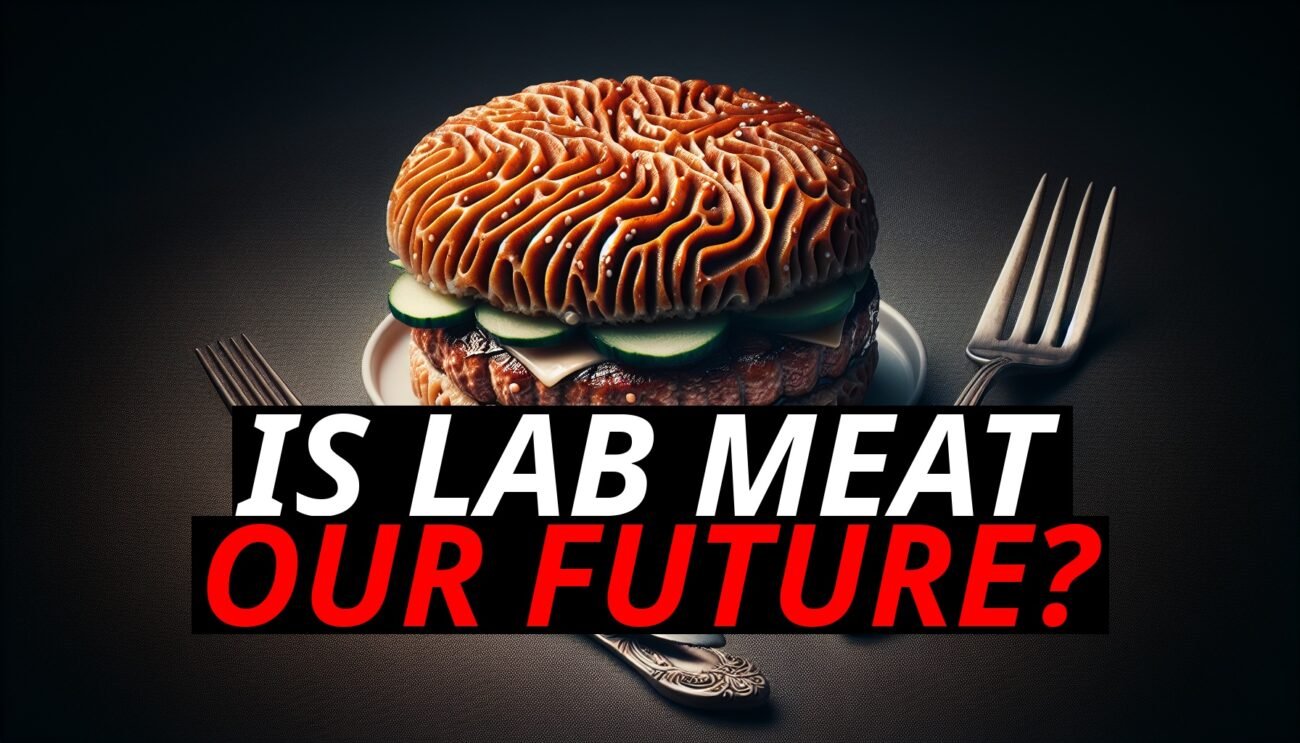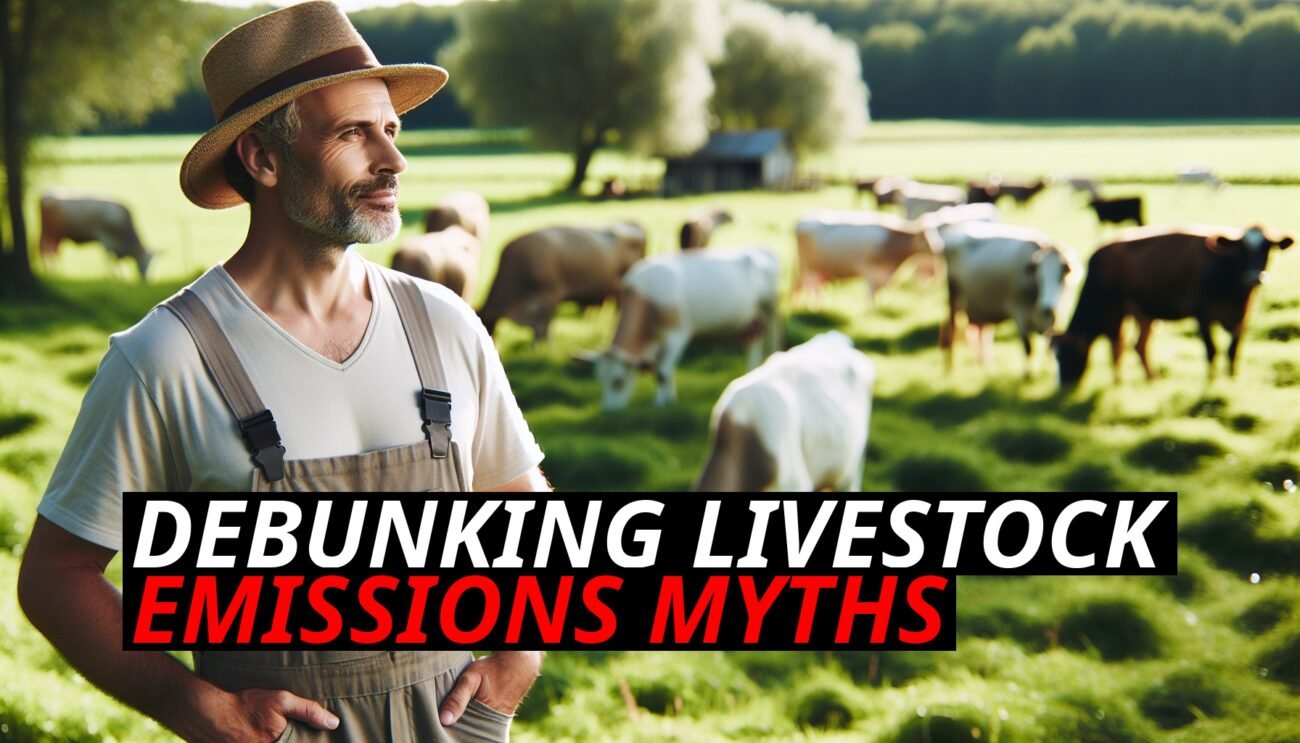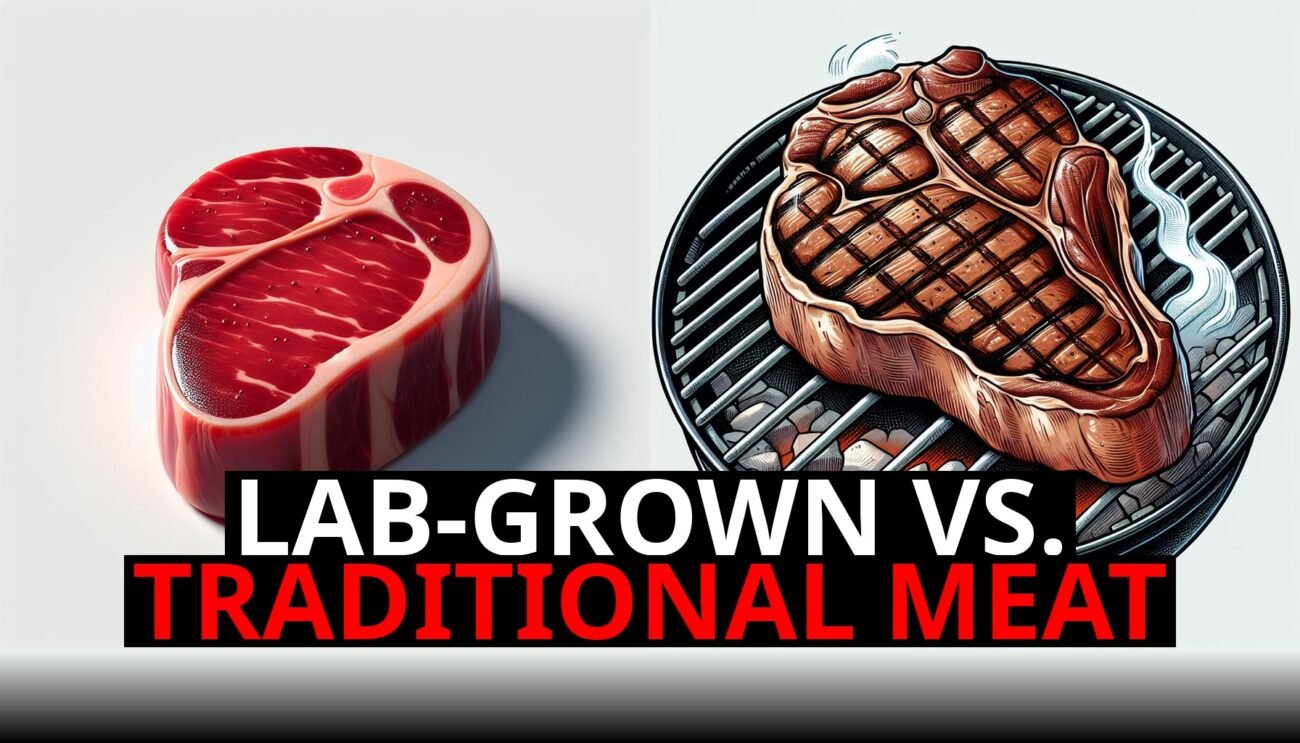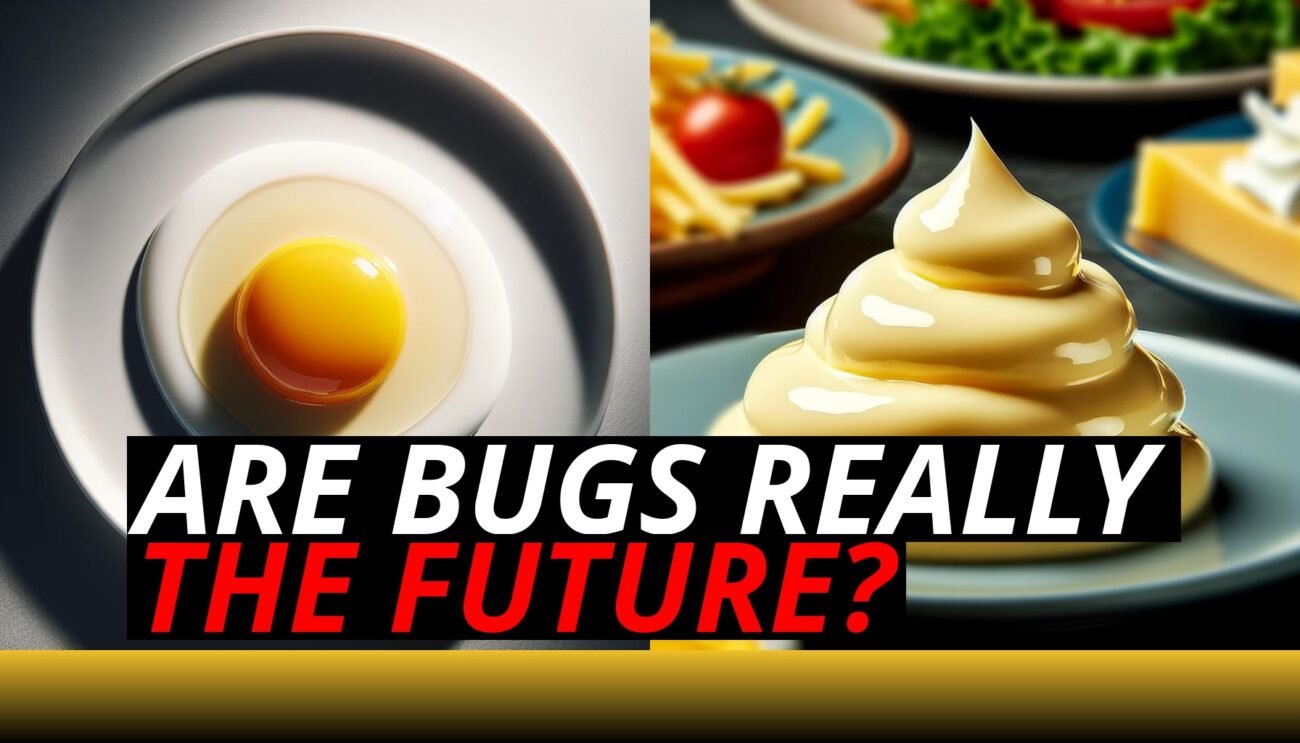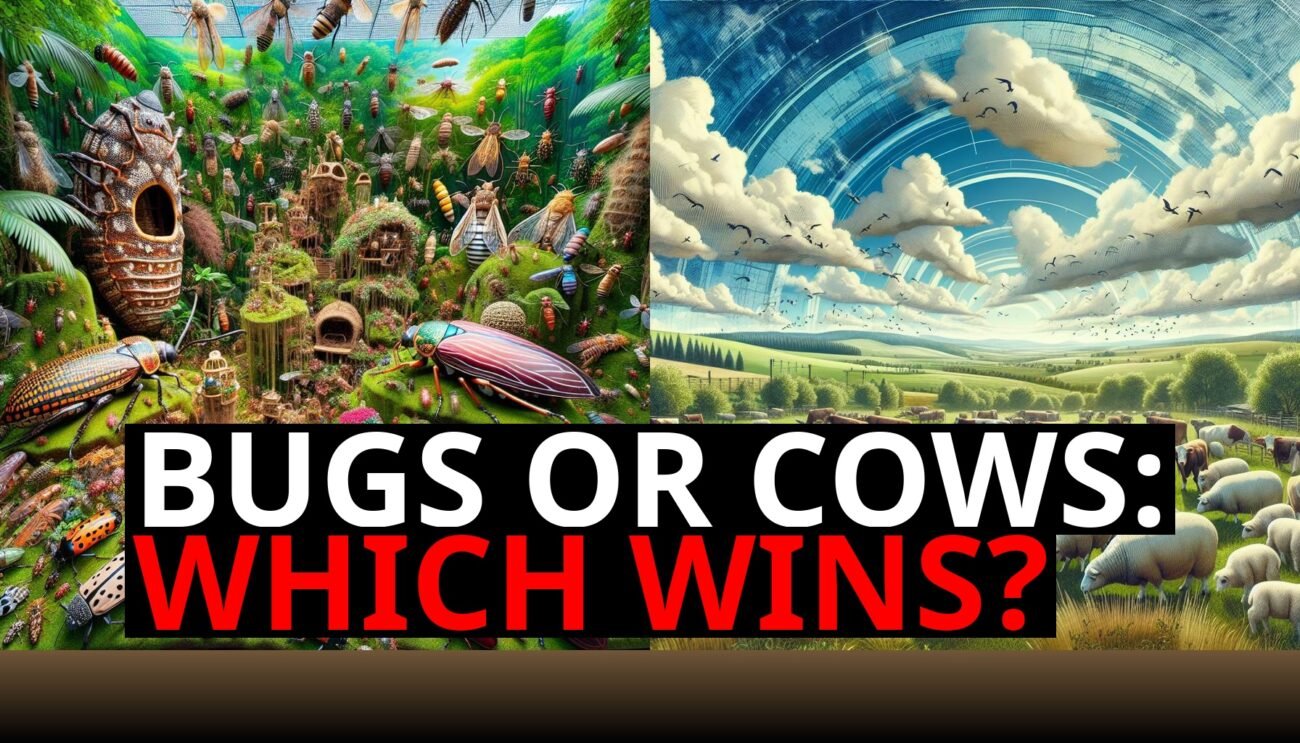Imagine a ship gliding across the ocean, traveling over the water’s surface without using up or damaging the sea. Similarly, grazing animals move across the land, feeding on plants without depleting or destroying the ecosystem. Far from being harmful, these animals, when managed properly, can play a critical role in restoring ecosystems, improving soil health, and increasing biodiversity. Like ships on water, grazing animals float through the landscape, enhancing it rather than consuming it.
Let’s explore how grazing animals, much like ships on water, work in harmony with their environment and contribute to healthy, functioning ecosystems.
Restoring Ecosystems: Grazing As A Natural Cycle
In nature, large herbivores like bison, wildebeest, and antelope have grazed across grasslands for millennia. This grazing isn’t random—it’s part of a natural cycle that helps maintain the balance of ecosystems. Grazing animals feed on plants, which in turn stimulates new plant growth. As they move across the land, their trampling, grazing, and manure distribution contribute to the health of the ecosystem.
When grazing is well-managed, such as through rotational grazing systems, the land benefits in numerous ways:
- Preventing Overgrowth: By grazing, animals prevent grasses from becoming overgrown, which can lead to shading out other plant species and reduce biodiversity.
- Stimulating Plant Growth: Grazing naturally encourages new shoots and regrowth, keeping the plant community vibrant and diverse.
- Supporting Wildlife: As the animals move, they create a patchwork of plant heights and types, which in turn supports a variety of species, from small mammals and insects to birds and larger predators.
In these natural systems, grazing animals don’t strip the land bare—they revitalize it, creating a dynamic, balanced ecosystem where plant and animal life thrives.
Soil Health: Grazing Animals As Earth’S Farmers
Healthy soil is the foundation of a thriving ecosystem, and grazing animals play an essential role in improving soil health. Much like how ships don’t deplete the water they travel on, grazing animals contribute to the soil without using it up. In fact, they make it richer and more fertile.
Grazing animals improve soil health in several ways:
- Natural Fertilization: The manure left behind by grazing animals adds organic matter to the soil, providing it with essential nutrients like nitrogen, phosphorus, and potassium. This natural fertilization process boosts soil fertility, making it more productive and resilient.
- Soil Aeration: As animals walk, their hooves break up compacted soil, creating small pockets that allow air, water, and roots to penetrate more deeply. This process, known as hoof action, is like a natural tilling mechanism that improves the soil’s structure and its ability to retain moisture.
- Erosion Control: Well-managed grazing helps maintain a healthy cover of plants on the soil, which prevents erosion. The roots of the grasses hold the soil in place, protecting it from being washed away by rain or blown away by wind.
With healthier soil, ecosystems become more productive, supporting a wider range of plant species and helping to sequester carbon from the atmosphere. In this way, grazing animals act like earth’s farmers, tending to the land and improving its overall health.
Biodiversity Boosters: Grazing Encourages A Rich Variety Of Life
Grazing animals don’t just benefit the soil—they also have a profound impact on biodiversity. In natural ecosystems, the interaction between grazing animals and the plant life they consume leads to a rich, diverse landscape that supports a wide array of species.
Here’s how grazing boosts biodiversity:
- Plant Diversity: Grazing animals selectively eat certain plants, allowing other species to thrive. This prevents any one type of plant from dominating the landscape, creating a mix of grasses, shrubs, and flowering plants that support different kinds of wildlife.
- Wildlife Habitats: The varied structure of the vegetation in grazed areas creates a range of habitats. Ground-nesting birds, for example, thrive in shorter grasses, while other species may prefer the taller plants left behind by grazing animals. This mosaic of plant life supports a wider range of wildlife, from insects to mammals to birds of prey.
- Seed Dispersal: As grazing animals move, they help disperse seeds across the landscape, either through their hooves or by passing seeds in their manure. This natural seed dispersal helps plants spread to new areas, contributing to the overall biodiversity of the ecosystem.
By creating diverse habitats and encouraging plant growth, grazing animals are key players in maintaining the balance of life in many ecosystems. Their presence supports a wide range of species, making them biodiversity boosters in every sense of the word.
Regenerative Grazing: Turning Livestock Into Environmental Allies
While poor grazing practices can lead to overgrazing and land degradation, regenerative grazing turns grazing animals into powerful environmental allies. In regenerative grazing systems, animals are moved across the land in a way that mimics natural grazing patterns. This allows each area of land time to rest and recover, ensuring that it isn’t overused or depleted.
Regenerative grazing offers several key benefits:
- Carbon Sequestration: Healthy soils enriched by grazing animals can act as carbon sinks, trapping carbon from the atmosphere and helping to mitigate climate change. As plants grow, they absorb carbon dioxide through photosynthesis, and much of this carbon is stored in the soil, improving soil health and reducing greenhouse gases.
- Water Retention: Grazed pastures tend to have better water retention because the soil is healthier and more structured. This helps reduce water runoff during heavy rains, preventing floods and keeping the land hydrated during dry periods.
- Land Restoration: By using grazing animals to regenerate degraded land, farmers and conservationists can restore barren or damaged ecosystems. Grazing helps rebuild topsoil, promote plant growth, and bring life back to areas that have been stripped of their natural vitality.
Regenerative grazing is a powerful tool for restoring ecosystems, making grazing animals essential partners in the fight against climate change and environmental degradation.
Grazing Animals: Key To A Healthy, Functioning Ecosystem
Far from being destructive, grazing animals are a vital part of healthy, functioning ecosystems. They don’t “use up” the land in the way that intensive farming or industrial practices do. Instead, they coexist with their environment, enhancing the soil, increasing biodiversity, and helping to restore ecosystems that have been damaged by human activity.
When managed properly, grazing animals float across the landscape like ships on water, leaving it healthier and more vibrant in their wake. Their role in natural ecosystems is not only beneficial but essential for maintaining the balance of life on earth.
Conclusion: Grazing In Harmony With The Land
Grazing animals are not the land-consuming force they’re often portrayed to be. Like ships floating on water, they graze across the land, contributing to its health and vitality without depleting its resources. Through practices like regenerative grazing, these animals can help restore ecosystems, improve soil health, and promote biodiversity—all while working in harmony with the natural world.
By understanding the positive role that grazing animals play, we can move toward more sustainable agricultural practices that enhance, rather than harm, the environment. Grazing animals, when managed with care, are not just part of a functioning ecosystem—they are key to making it thrive.


